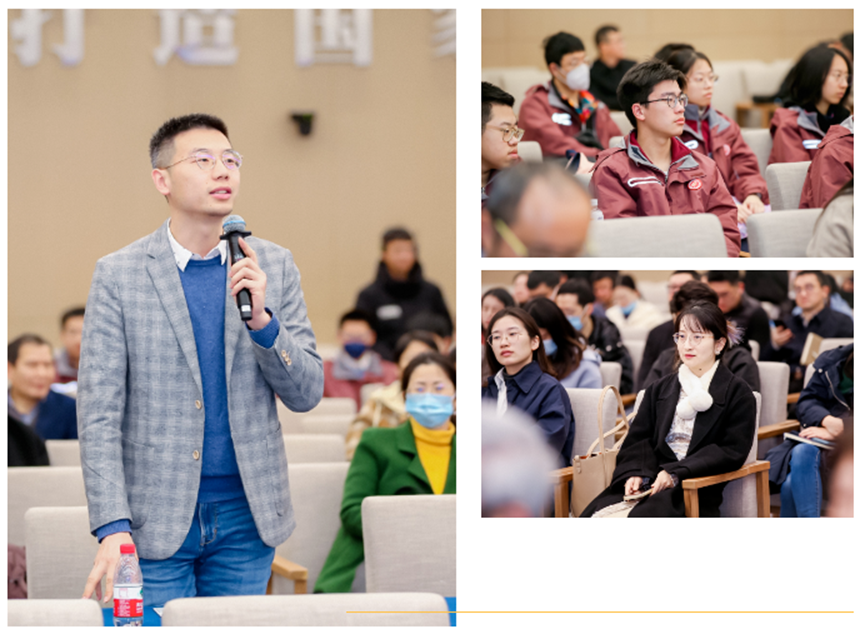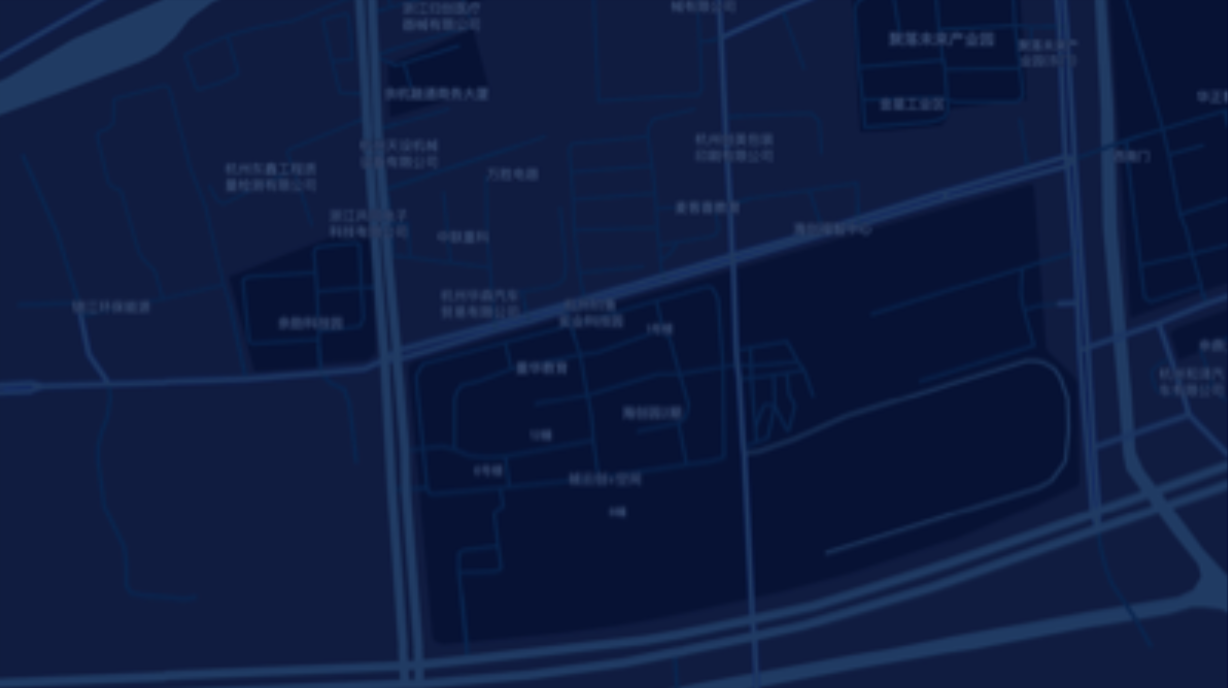

Zhejiang Lab Sci-Tech & Humanities Forum was held on March 24, 2023. Experts and scholars were gathered to share their wisdom on science and technology and humanities. Virtues of science, the origin of scientific spirit, and the integration of science and art trigger fusion at multiple levels and motivate the curious audience to explore the natural bridge linking science and technology and humanities.
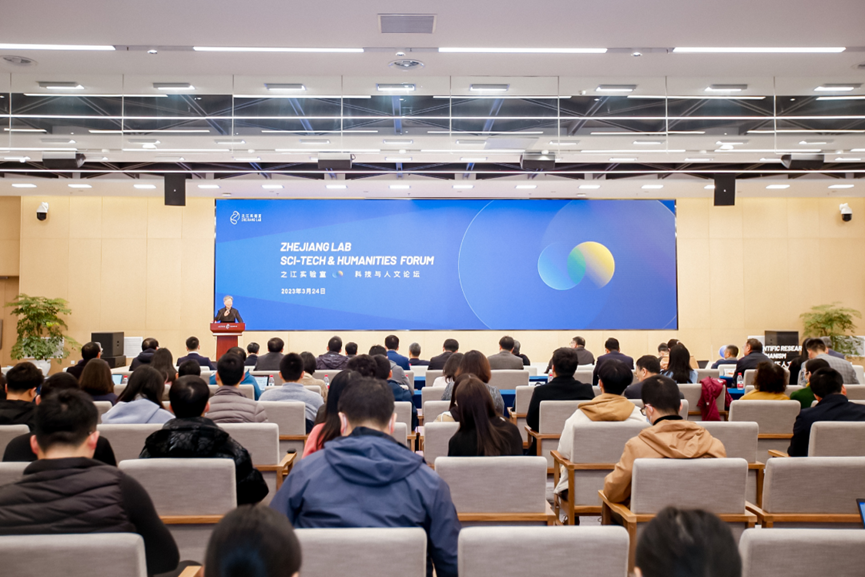
"Two things fill the mind with ever new and increasing admiration and awe, the more often and steadily we reflect upon them: the starry heavens above me and the moral law within me."
This is a passage engraved on the tombstone of German philosopher Immanuel Kant. In the view of Professor ZHU Shiqiang, President of ZJ Lab, "the starry heavens above me" means the scientific exploration of the stars above, which symbolizes the unremitting pursuit of truth, that is, the scientific spirit; "the moral law within me" refers to the humanistic care and moral responsibility that scientific and technological workers must stick to, and epitomizes the humanistic spirit. The two things are symbiotic.
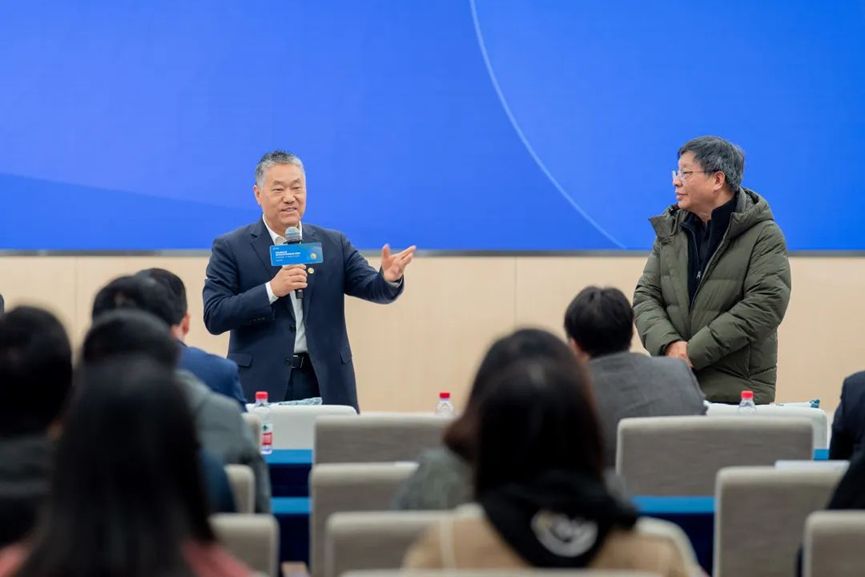
ZHU Shiqiang further shared his thoughts on the integration of science and technology and humanities. He noted that it is necessary to stick to integrity within us, appreciate each other and combine personal aspirations with national endeavors.
As the lyrics of "Song of ZJ Lab" goes, "Be in awe of the mountains, rivers and the universe. Wait for the crack of dawn to illuminate the unknown." Bearing the "national interest" in mind, ZJ Lab has maintained its strategic vision in serving the country with scientific research. Facing the "no man's land" of scientific exploration and institutional innovation, ZJ Lab always upholds the scientific spirit of "only seeking what is right and true" in scaling new heights in scientific and technological pursuits.
"ZJ Lab's hosting such a forum is aimed at seeking and opening up a natural bridge between science and technology and humanities, so that their acquired divide no longer stands in the way of their communication. We hope to inspire the inner and natural truth, goodness and beauty of scientific and technological workers, and try our best to show them lively and vividly," said ZHU Shiqiang in his speech at the forum.
Keynote Speech

Academician YANG Shufeng:
As scientific workers and human beings, we should pursue truth, goodness and beauty.
Albert Einstein once noted that people who seriously devote themselves to science are pursuing natural harmony and beauty.
Are there commonalities between science and technology and humanities? YANG Shufeng, Academician of the Chinese Academy of Sciences, Structural Geologist and Professor of the School of Earth Sciences of Zhejiang University, believes that pursuing truth, goodness and beauty is commonality.
At the scientific level, "truth" means to pursue the truth of science, discover natural laws and invent new technologies; "goodness" means that science and technology should be used for good and not cross the red line of ethics; "beauty" suggests that natural science should adopt beautiful forms of expression, exemplified by the concision and beauty in Albert Einstein's theories and formulas.
At the humanistic level, "truth" means that feelings should be from the heart, rather than a pretense or imagined sentiments. The process of expressing "truth" is also about "goodness", that is, to convey people's sincerity from the perspective of goodness. The expression forms in humanities are all aimed at beauty. Expression and protection of beauty are the pursuit of culture and art.
Academician YANG Shufeng also noted that large-span interdisciplinary studies are the inevitable way to pursue truth, goodness and beauty, calling for open and inclusive interdisciplinary research. At present, the big data technology system is shaping scientific paradigms and causality is giving way to the correlation of big data in different fields as the new research angle. For example, some researchers are studying the data-driven emotional world.
"I am 77 years old this year and I will continue to pursue truth, goodness and beauty in the future." Academician YANG Shufeng encouraged young scientific and technological workers to pursue truth, goodness and beauty at work and in life.
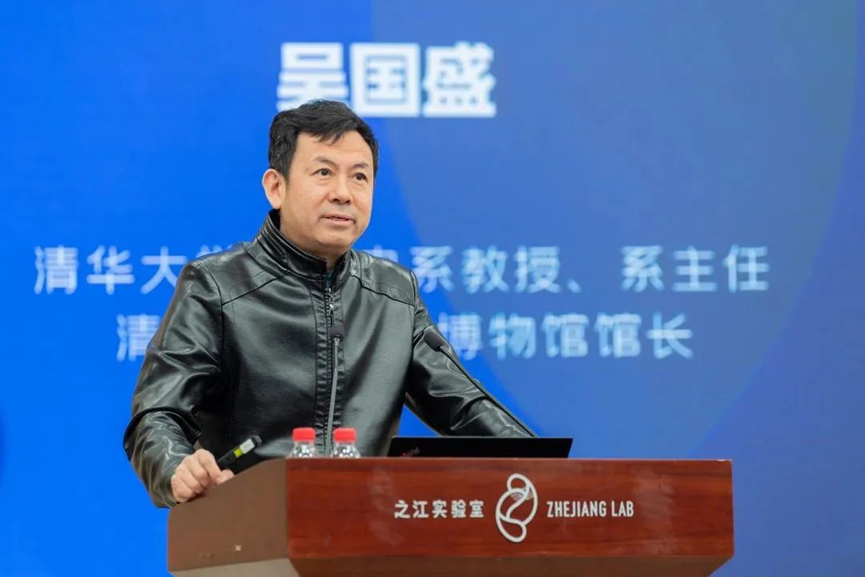
Professor WU Guosheng:
Understanding science is a lesson we must make up.
"Behind the scientific spirit is freedom and behind the dedication to national prosperity is benevolence." "Dedication to Science and National Prosperity" is the core culture of ZJ Lab. "ZJ Labers" have been exploring the meanings and connotations of these concepts. WU Guosheng, Professor and Dean of the Department of the History of Science of Tsinghua University and Curator of Tsinghua University Science Museum, shared his interpretation of these concepts from the perspective of science history.
Actually, be it "ZJ Labers" or all those working in and passionate about scientific research, for them to understand the scientific spirit and dedication to national prosperity, they need a "starting from scratch" attitude and determination. In WU Guosheng's view, as we shift from "trying to catch up" to "leading", we have a lesson to make up, that is, understanding science. "What is science? What is the essence of science?"
From traditional Chinese culture to the spread of western science in China, from the origin of science in Greece to western traditional culture, WU Guosheng went into depth about the origin of scientific spirit from a historical perspective. He noted that science is a phenomenon with high cultural dependence. To understand the essence of science, we should understand the humanities behind science, and approach the emerging or obsolete science from a humanistic perspective. "A corresponding humanistic framework is a must for scientific culture to take shape." For us, the priority at present is to "fully understand the great differences and clashes between Chinese and Western cultures, and truly graft the scientific spirit into our own culture, thus making it an organic force in our culture."
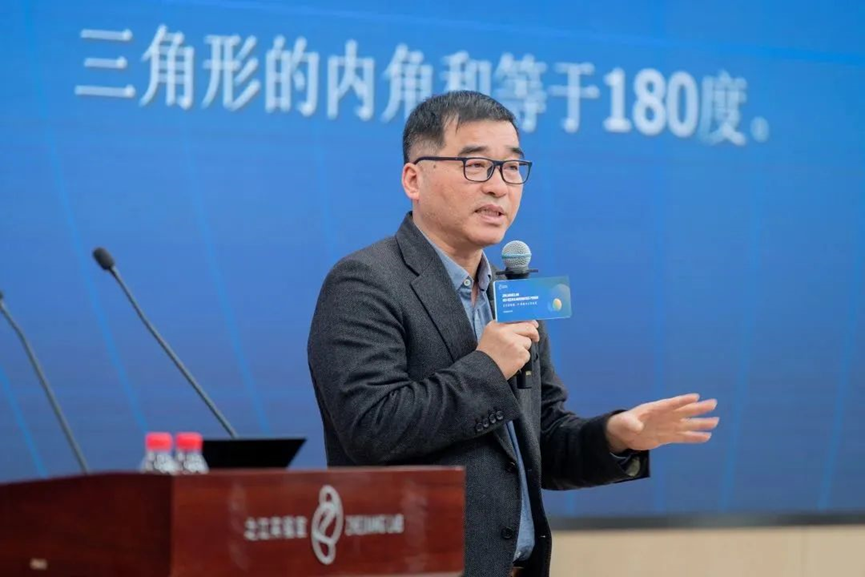
Professor CAI Tianxin:
Mathematics and art are actually not so far away.
"Mathematics falls into two main branches: algebra and geometry. So does art: time art represented by music and space art represented by painting, both with close ties to algebra and geometry." CAI Tianxin, Professor and Doctoral Supervisor of the School of Mathematical Sciences of Zhejiang University, revealed the similarities between mathematics and art in several cases.
For example, during the Renaissance, painters "projected" the scenes of the three-dimensional world onto the two-dimensional canvas through perspective, a technique that gave birth to projective geometry. For example, Johann Sebastian Bach is called the "mathematician of musicians", and his work Canones diversi features two voices mirroring each other. At the age of 23, Leonhard Euler wrote "Tentamen Novae Theoriae Musicae", which proposed the existence of a network relationship among scales in the musical system. In 1736, 29-year-old Euler published a paper entitled "Seven Bridges in Konigsberg", which included a similar network diagram composed of points and lines. The paper is recognized as a pioneering work of graph theory, marking the birth of topology.
Francis Bacon, Johannes Kepler, Galileo Galilei, René Descartes, Pierre de Fermat, Blaise Pascal, Christiaan Huygens, Isaac Newton, Gottfried Wilhelm Leibniz... These 17th-century geniuses are mostly giants in both humanities and science. As CAI Tianxin said, the mathematical world constructed by these talented people is exquisite. A stroll in such a wonderful world not only broadens our mathematical horizons and imagination, but also brings our humanistic cultivation to a new level.
